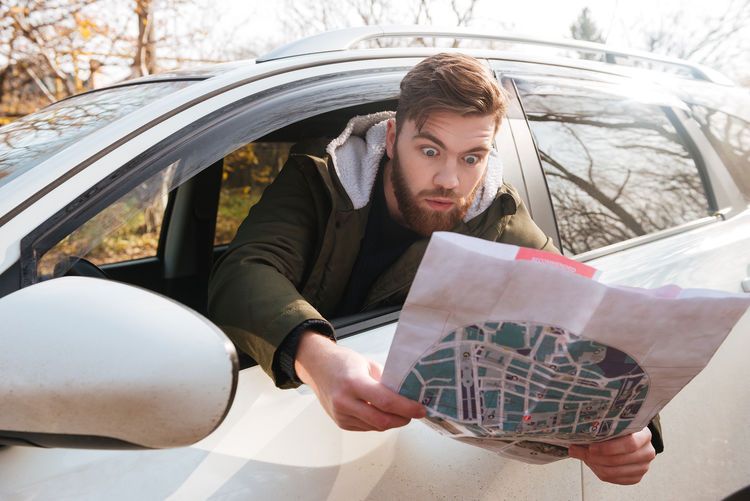Organic Search Vs Google Places Results: Which Is Most Important?
October 29th 2024

In SEO, understanding the difference between organic search results and Google Maps results is essential for businesses. With Google Places now integrated into Google Maps, it's important to adapt your strategy to maximize visibility in both organic search and local search results.
What Was Google Places?
Google Places launched in 2010 as a way for businesses to manage their local listings on Google. It allowed businesses to create profiles featuring important information like addresses, phone numbers, and reviews. Over time, Google merged Places into Google My Business, which later became Google Business Profile. Now fully integrated with Google Maps, this tool provides businesses with a powerful way to appear in local search results.
The Role of Google Maps in Local SEO
Google Maps is vital for local businesses that rely on foot traffic or serve a local community. For example, if someone searches for “best pizza near me,” Google Maps will display a list of nearby pizzerias, along with reviews, hours, and directions. This makes Google Maps an essential tool for local businesses that want to attract nearby customers.
Find tips and see how real businesses are doing with in Mini SEO Showdown series
What About Businesses with No Physical Location?
Even if your business doesn’t have a physical storefront, Google Maps and Google Business Profile (GBP) can still be valuable. Service-based businesses, freelancers, or consultants can use GBP to define service areas, provide contact information, and showcase reviews. This not only increases local visibility but also enhances credibility. A strong GBP presence can help attract clients who are looking for services in their area, even if you don't have a traditional office or retail location.
How Organic Search Differs
Organic search results are the foundation of SEO, focusing on relevance and quality to provide answers and content that match users' search intent. Unlike Google Maps, which prioritizes local visibility for “near me” or other geography-based searches, organic search helps businesses reach audiences at both local and global scales. This makes it important for any business, whether it operates from a single location or serves customers across regions or online. With organic search, businesses can rank for a diverse range of keywords, questions, and topics, drive traffic to their websites, and generate leads through high-quality content. Organic search is also invaluable for local businesses, as it enhances online visibility beyond the local map area, especially when potential customers seek information about products, services, or industry insights.
Balancing Both Strategies
To optimize your business's visibility, it's important to balance efforts between Google Maps and organic search. Here’s how:
- Optimize Your Google Business Profile: Ensure all information is accurate, and update your listing regularly. Add photos and encourage reviews to build trust and improve rankings. Find more details in our article about optimizing your GBP.
- Focus on Local SEO: Use local keywords in your website content, meta tags, and landing pages. This helps you rank in both organic search and Google Maps.
- Build a Strong Website: A well-optimized, mobile-friendly website is essential. Regularly update it with high-quality content that targets your audience's needs.
- Get Reviews: Positive reviews on Google can enhance your reputation and boost your rankings in Google Maps. Encourage happy customers to leave you a review.
- Use Schema Markup: Implement local business schema on your website to help search engines better understand your business.
Make Your Business Visible
While organic search remains the backbone of online visibility, Google Places - which has evolved and become part of Google Maps - is important for businesses with physical locations. Leveraging Google Maps and Google Business Profile can also improve credibility and attract local clients even for businesses without a physical storefront. By optimizing for both, you can reach a broader audience, whether they’re searching locally or globally. Focus on maintaining a strong Google Business Profile, leverage local SEO techniques, and continuously improve your website's content and performance. This well-rounded approach will help your business take steps toward becoming competitive in both local and global markets.
If you need help optimizing your website or your Google Business Profile, reach out to our team of SEO specialists at SilverServers!
Explore more SEO help and tips on our blog!
Last updated: 29 October 2024
Originally posted: 12 March 2018
Create My Google MyBusiness Page Please!


